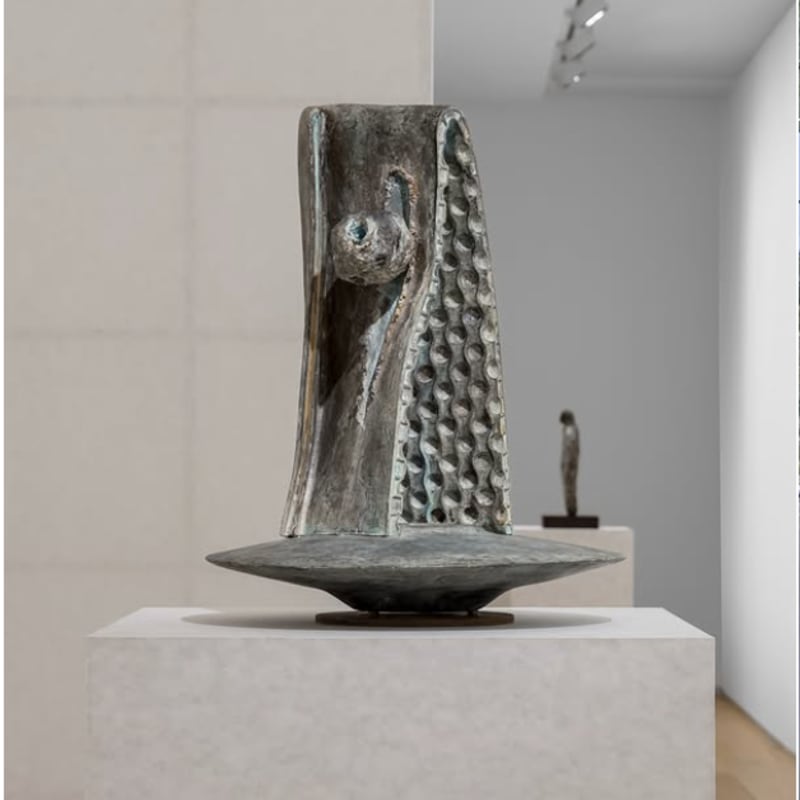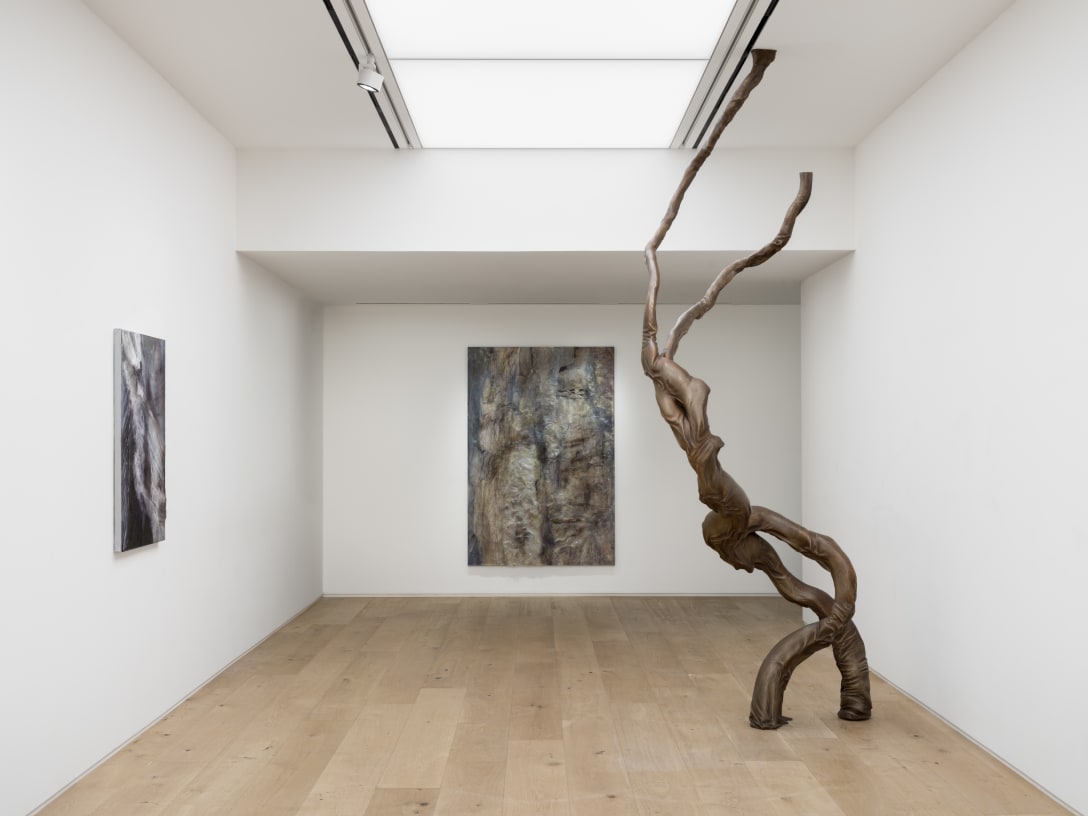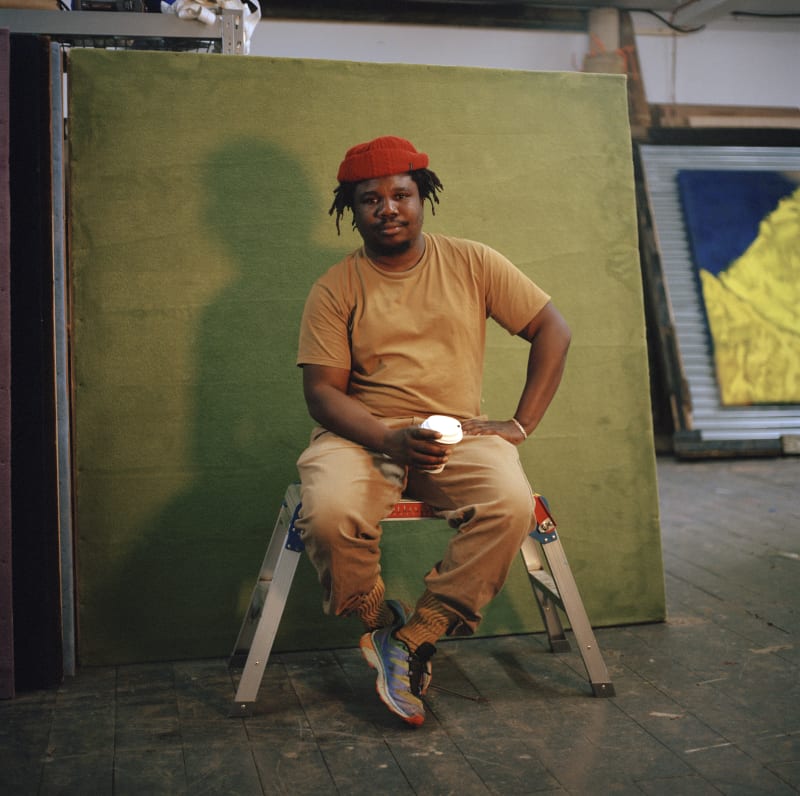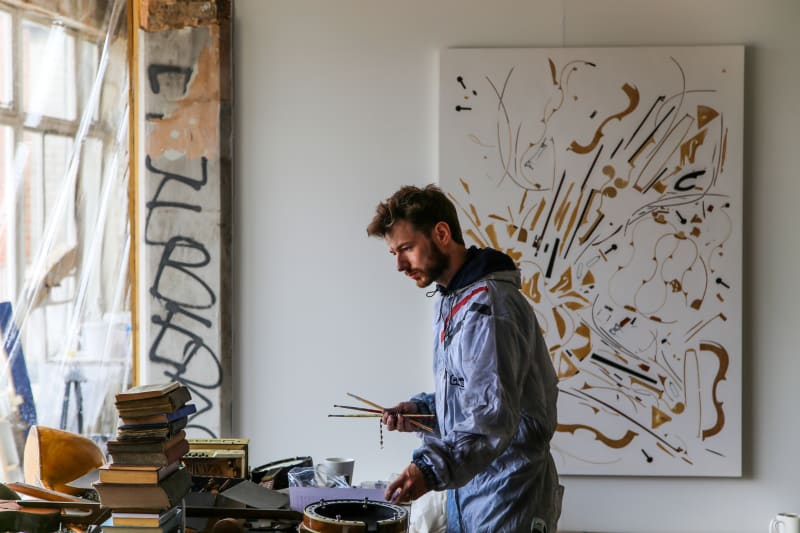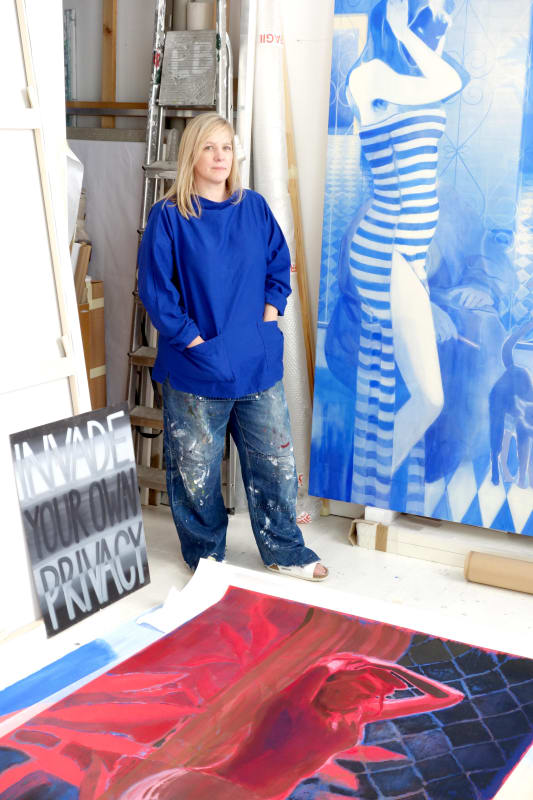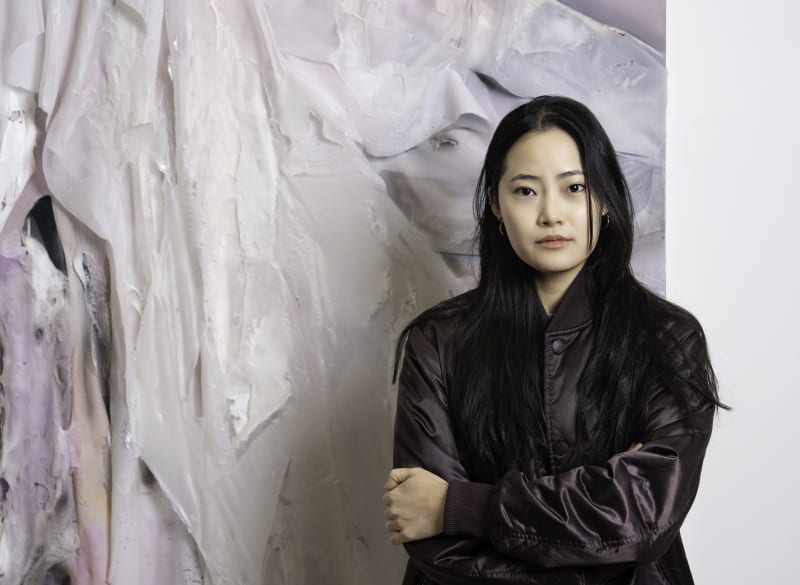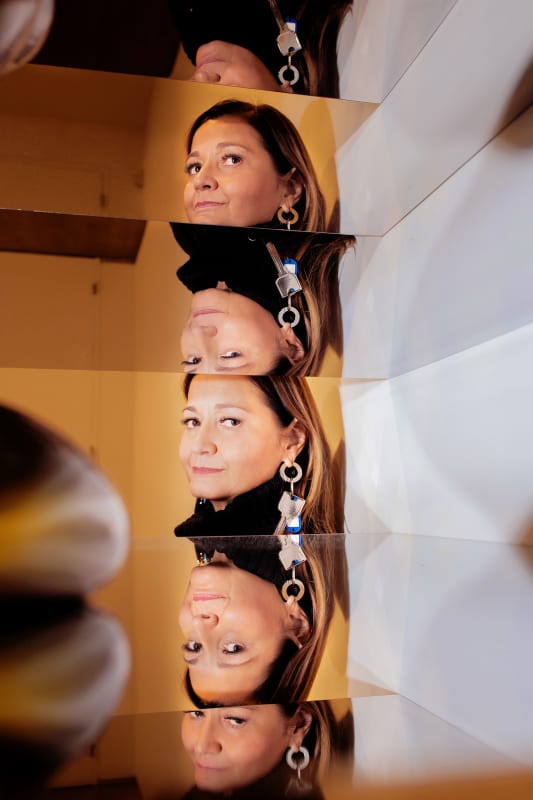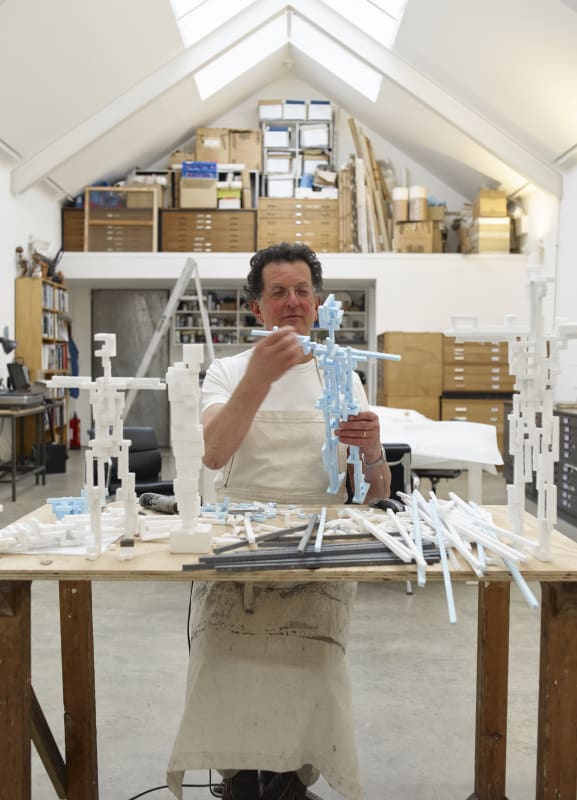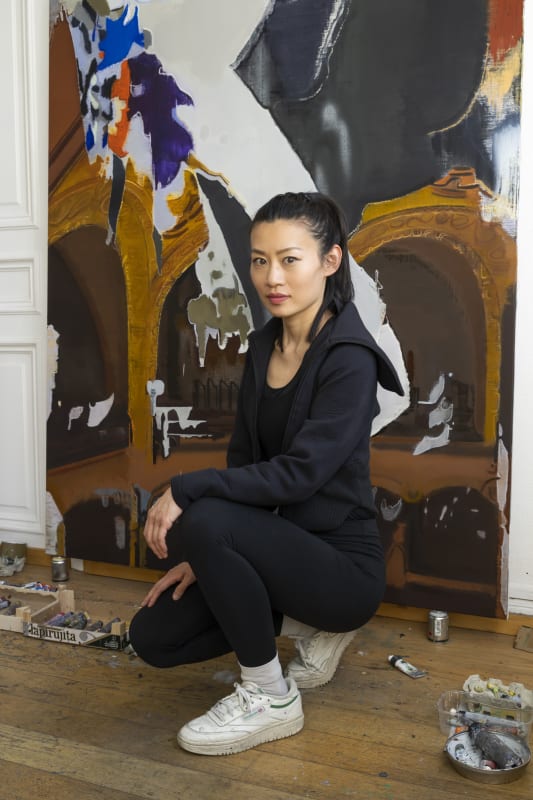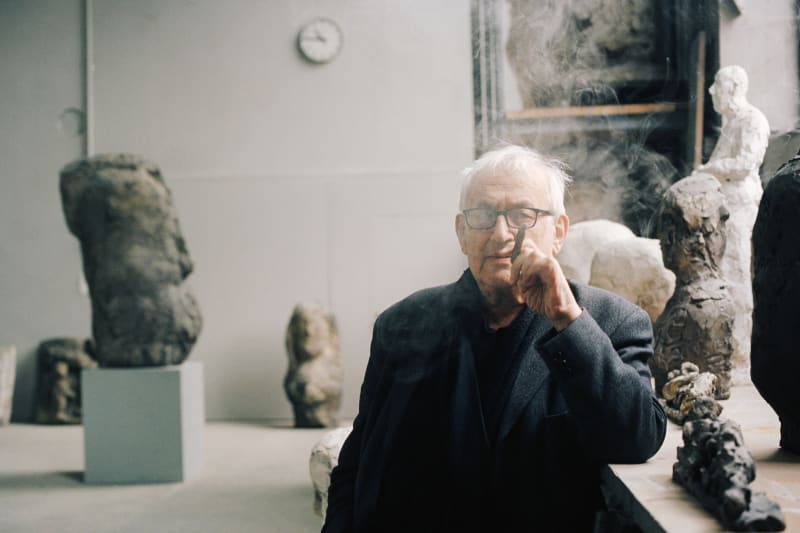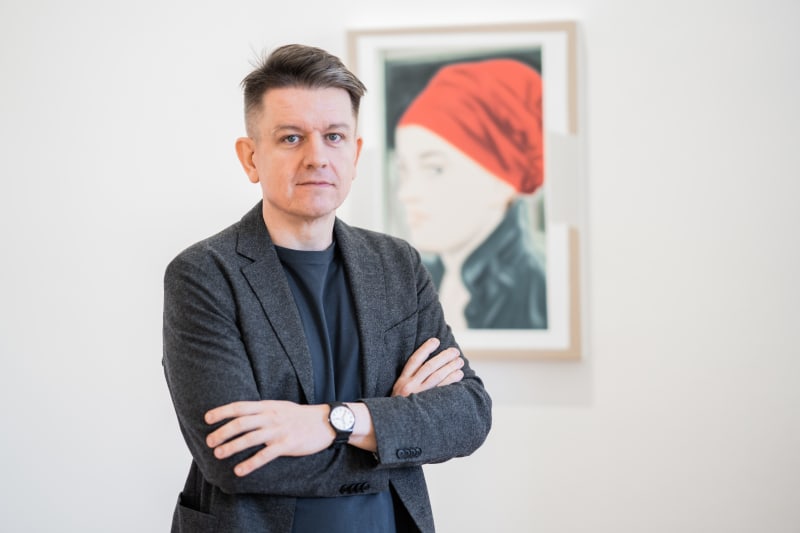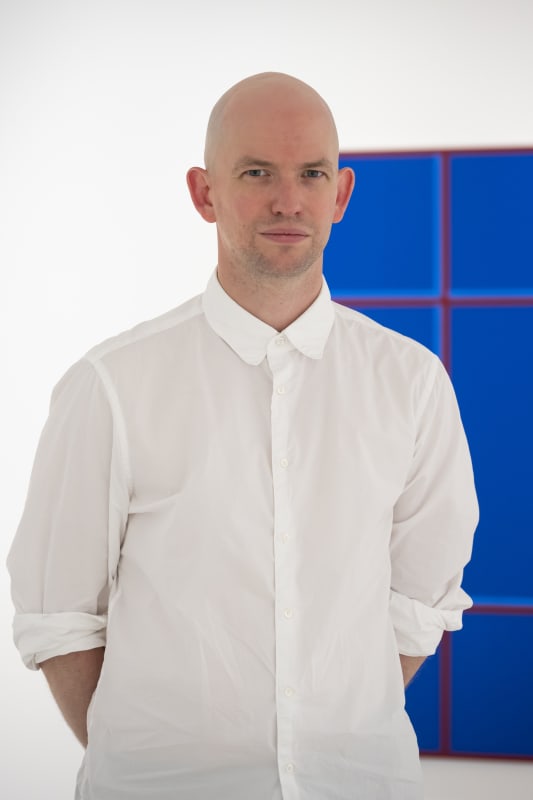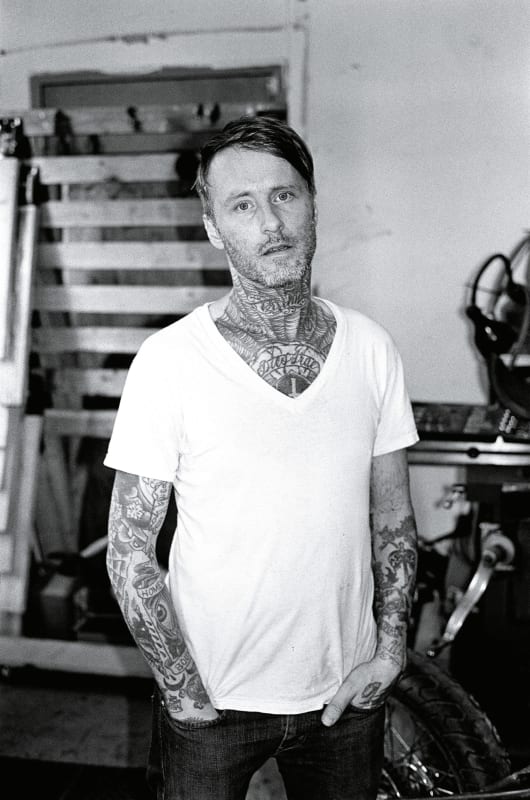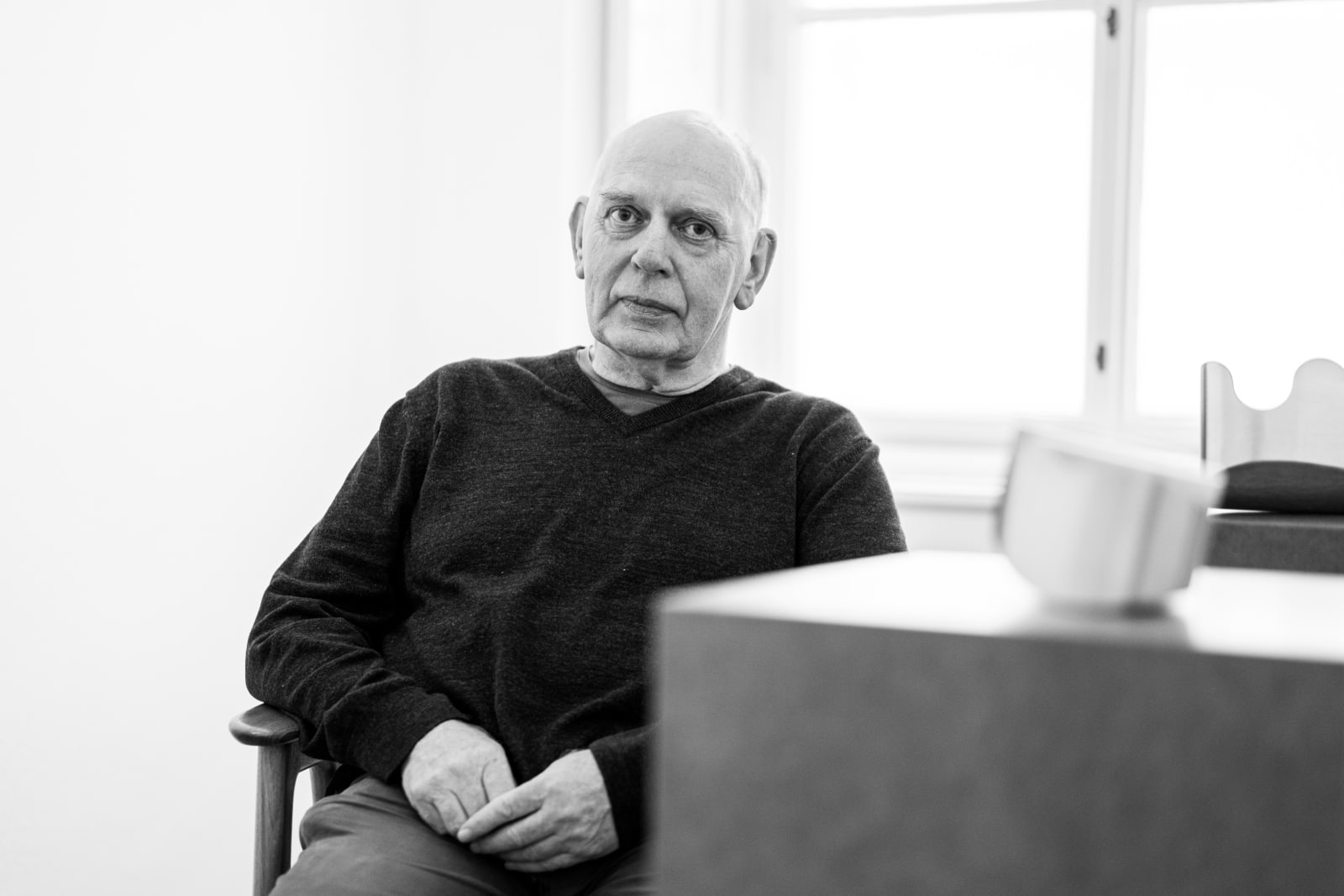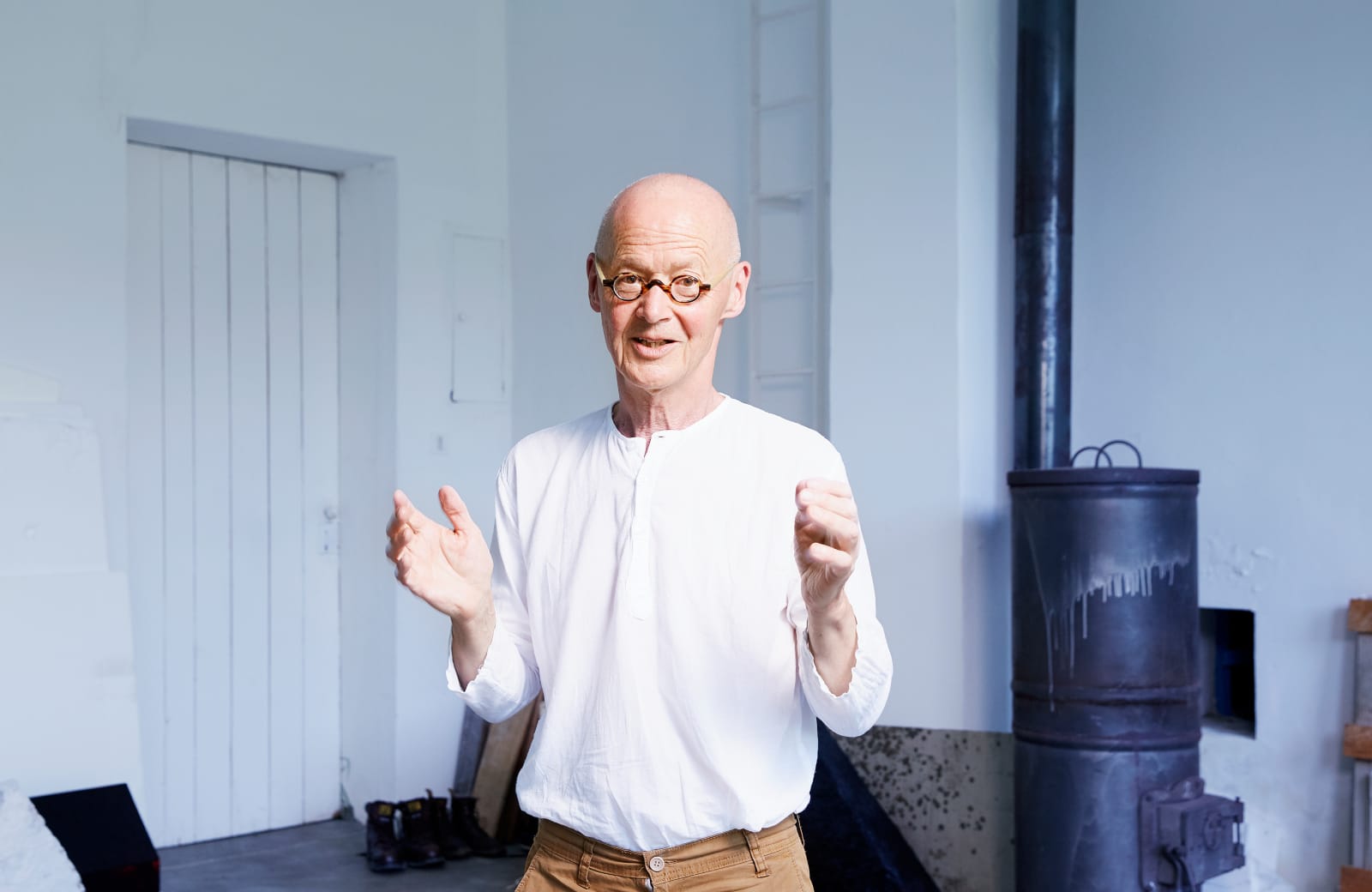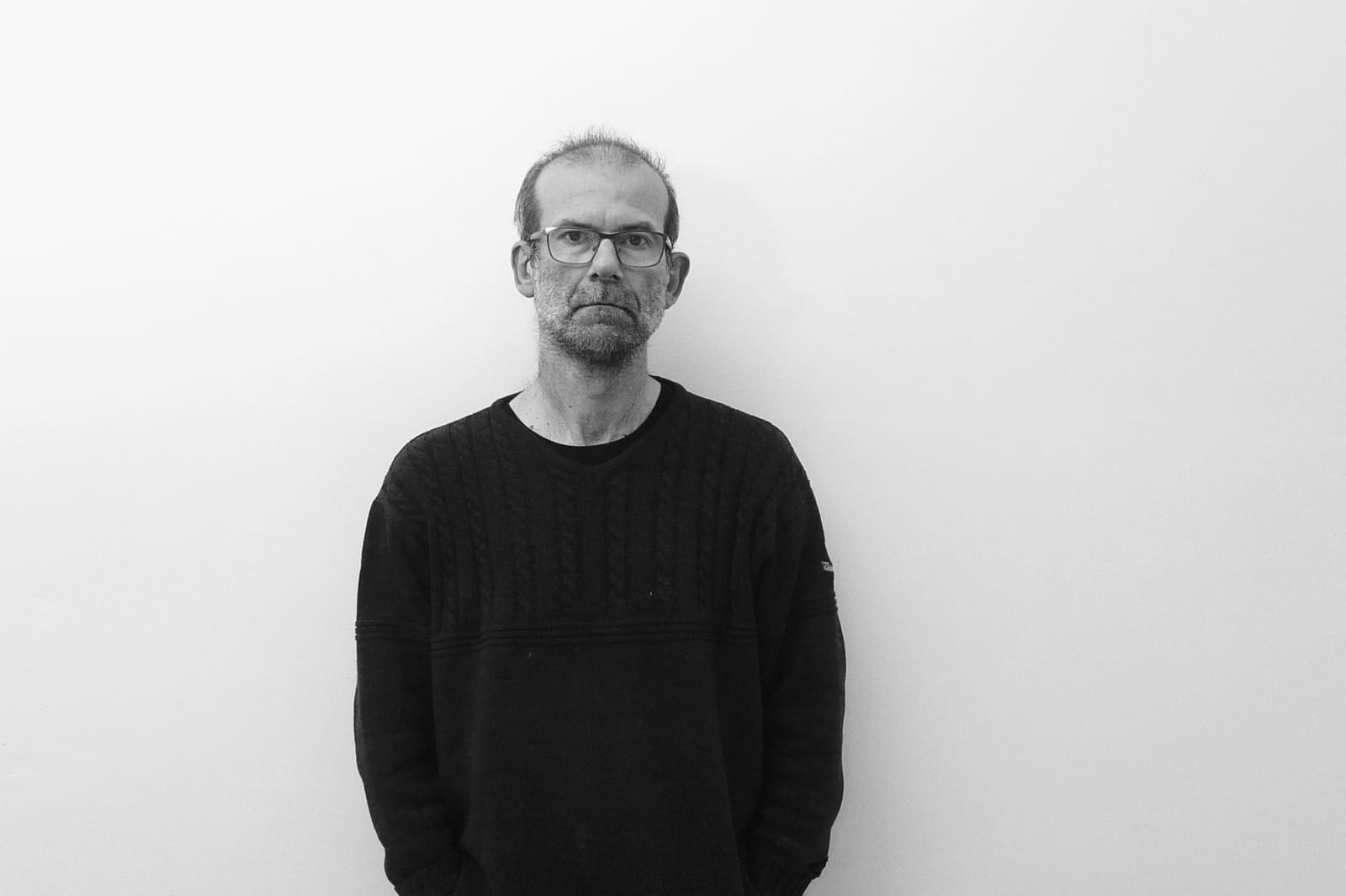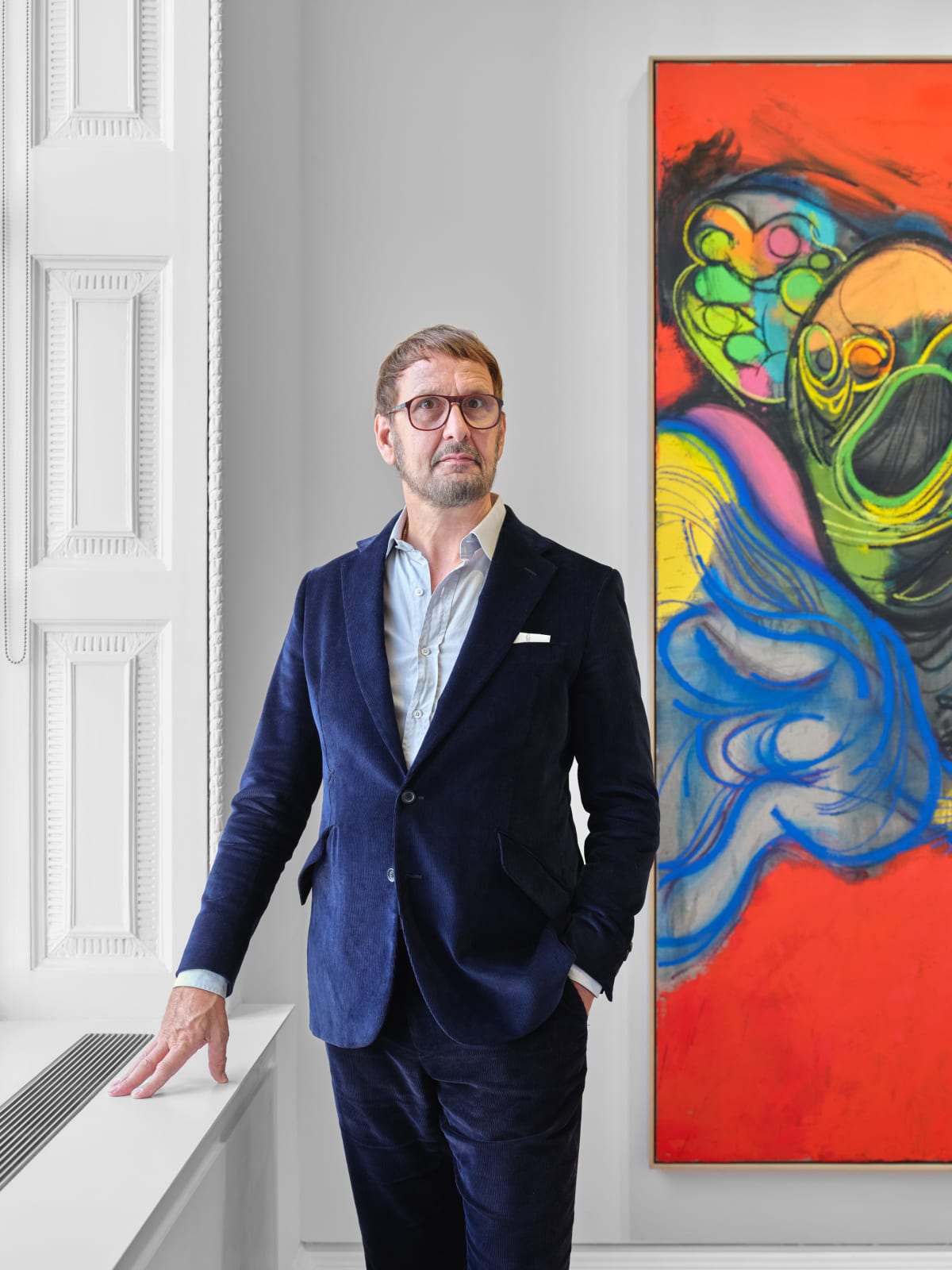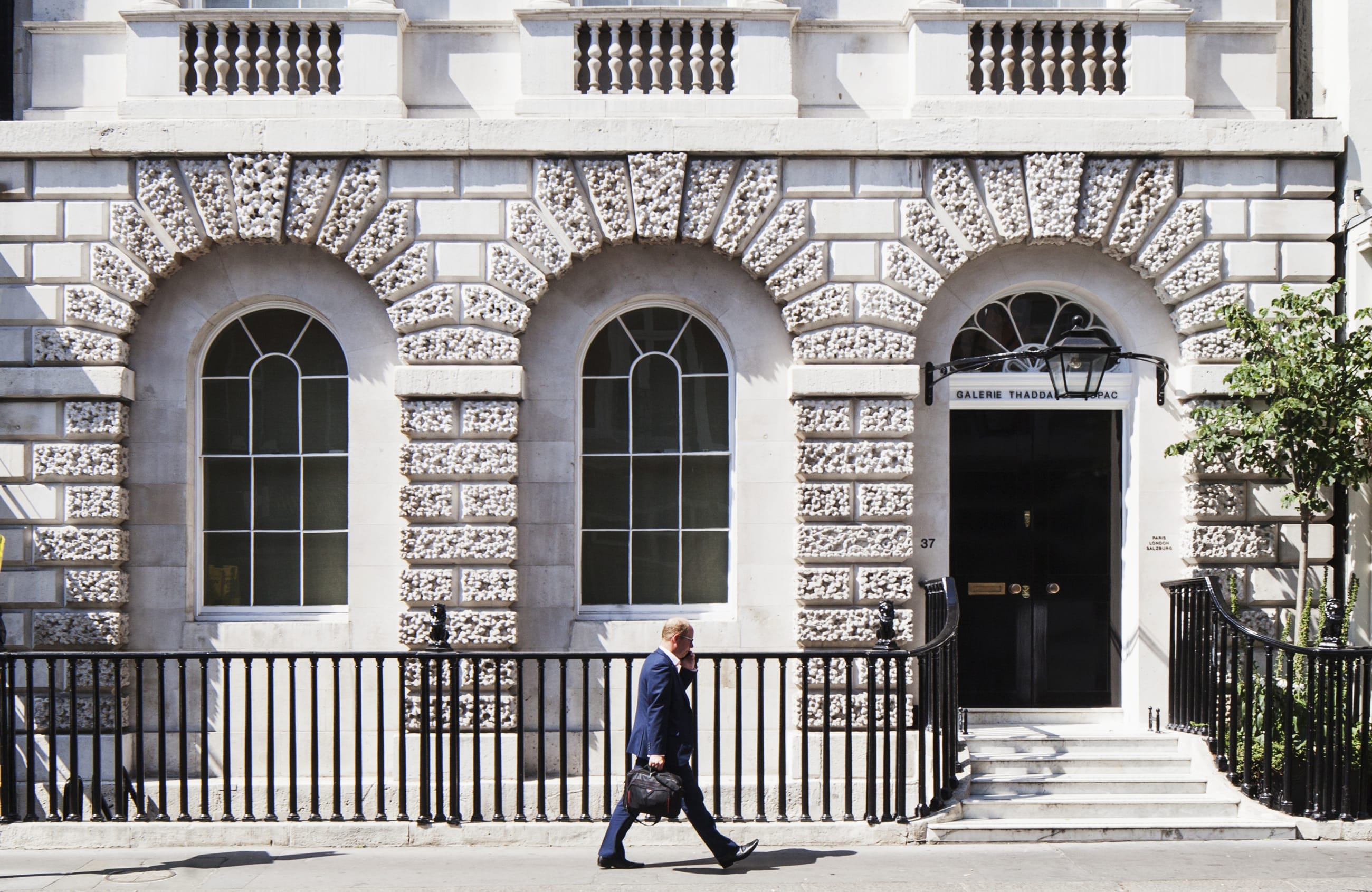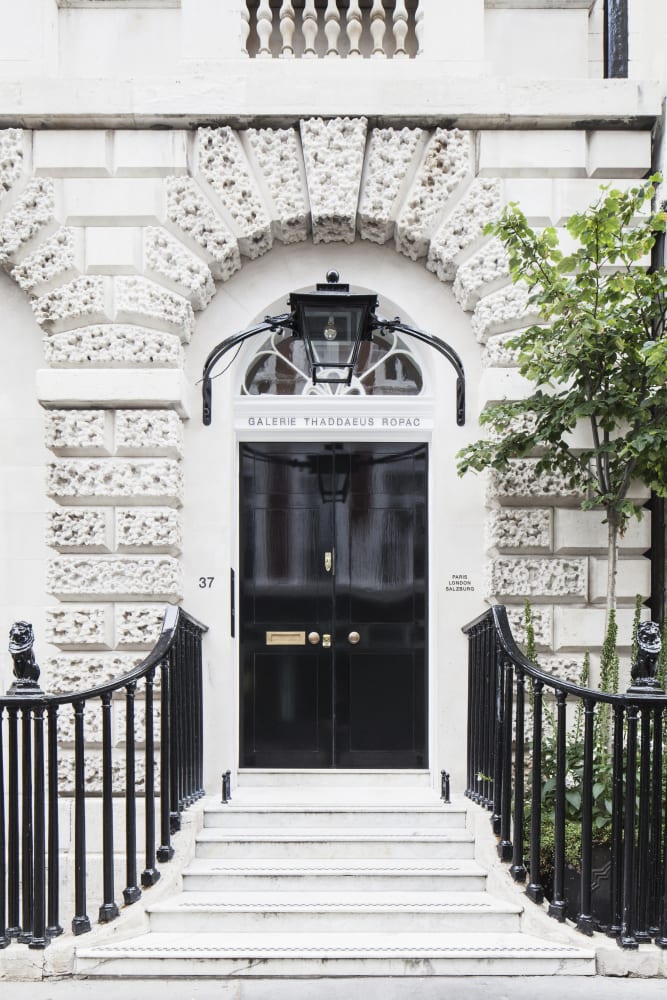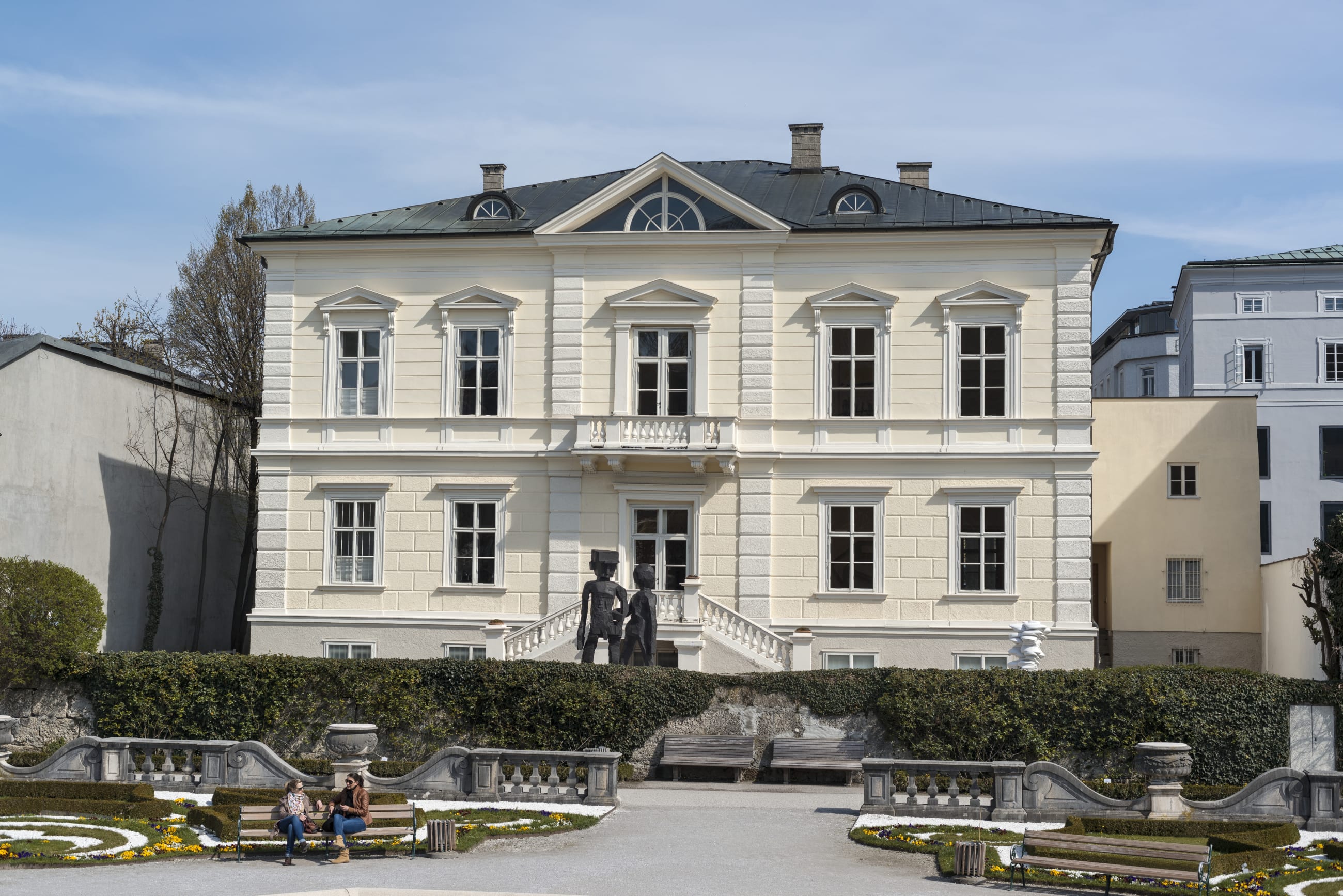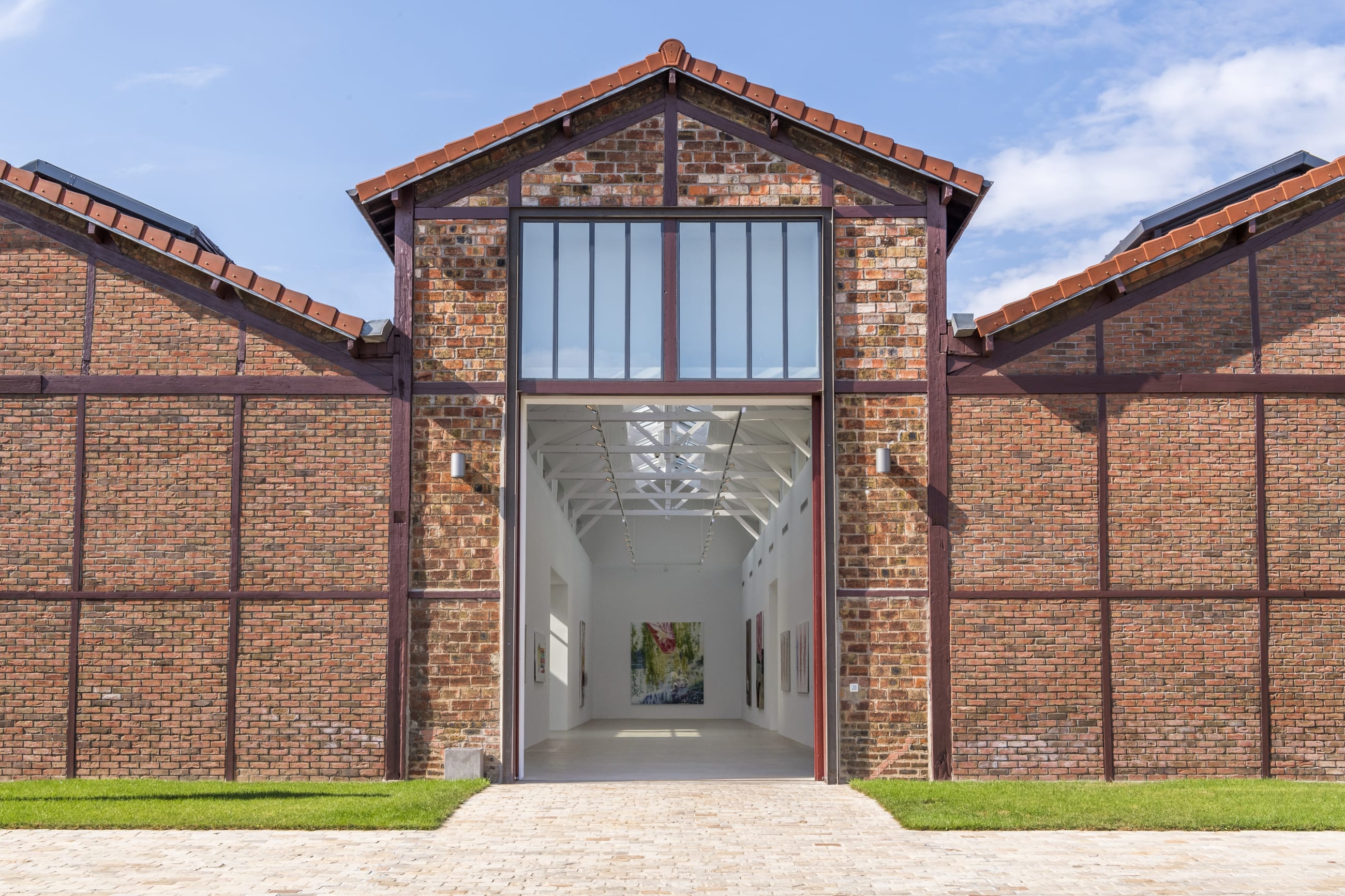The exhibition Der letzte Tag ist der schlimmste (The Last Day is the Worst) presents works by Austrian artist Martha Jungwirth, created over the last five years. The paintings on view reflect her distinctive visual language while highlighting subtle variations within her practice. Discernible figural elements emerge in some works, while others remain more resolutely rooted in abstraction. This periodic engagement with figuration highlights the fluidity of Jungwirth’s approach, wherein structure and intuition are held in delicate balance. For the artist, impressions of the world around her trigger the fleeting inner impulses that guide her practice. This most recent series of works relates to the turbulent developments in current world affairs, and the exhibition’s title references an article recently published in the Frankfurter Allgemeine Zeitung, which reported on the dire conditions of a Ukrainian mortar unit. ‘My works are recordings of my emotions,’ says Jungwirth.
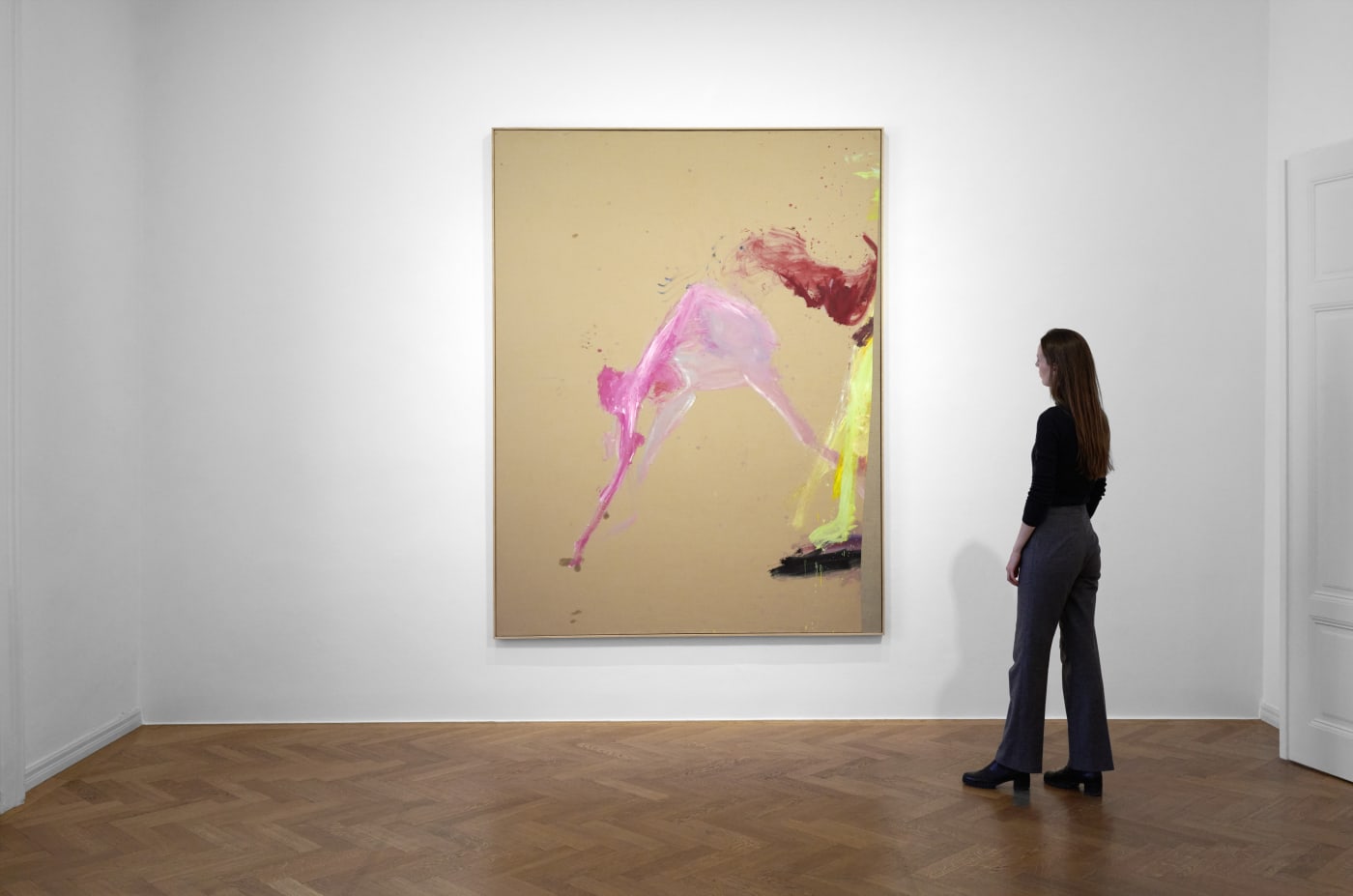

Martha Jungwirth
Untitled, 2024
Oil on paper on canvas
241 × 187.3 cm (94.88 × 73.74 in)
Guido Reni
Atalanta and Hippomenes, 1620/25
Oil on canvas
206 × 279 cm (81.10 × 109.84 in)
Museo del Prado, Madrid
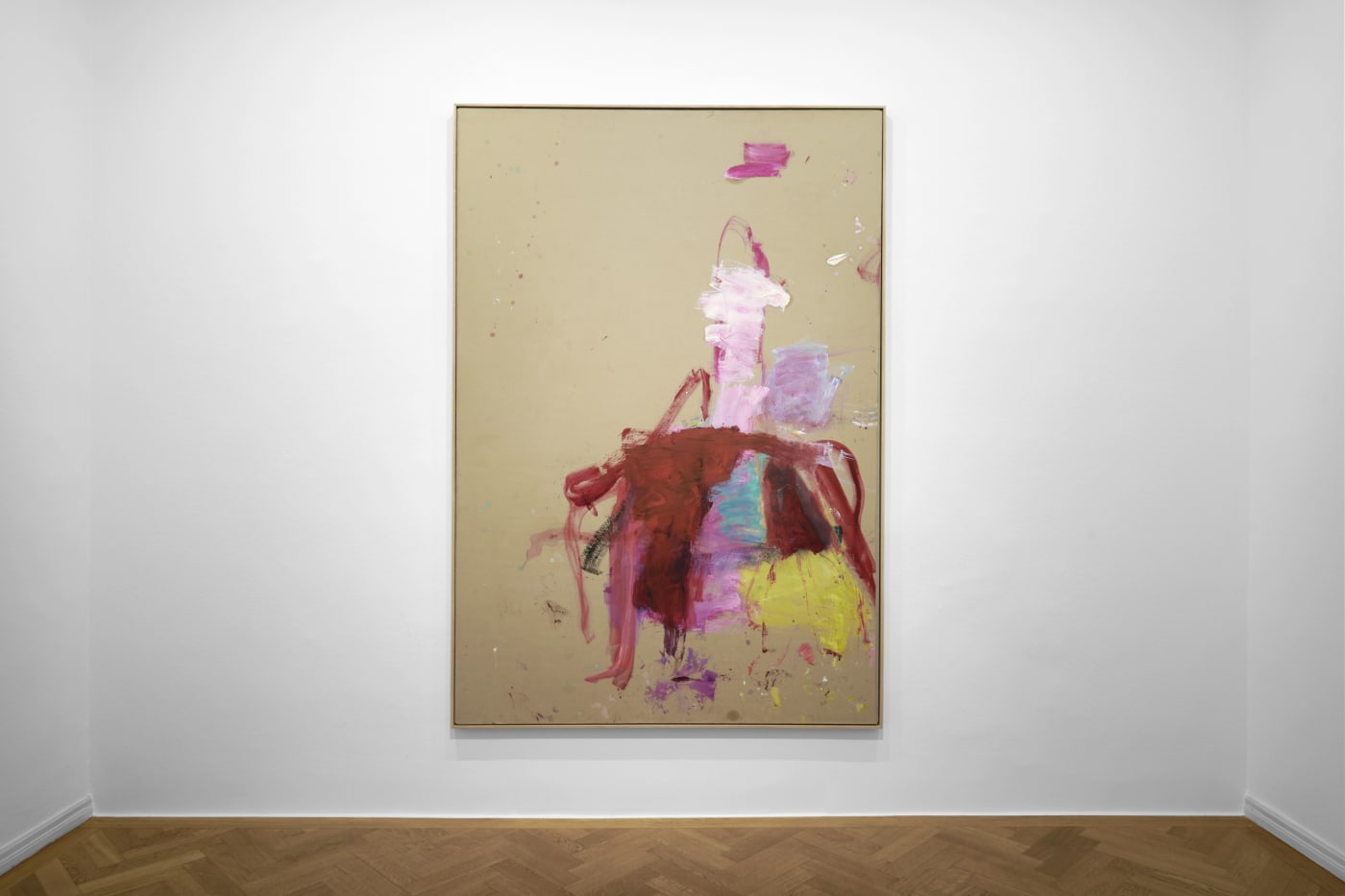
Martha Jungwirth
Untitled, 2024
Oil on paper on canvas
242.3 × 168.4 cm (95.39 × 66.3 in)
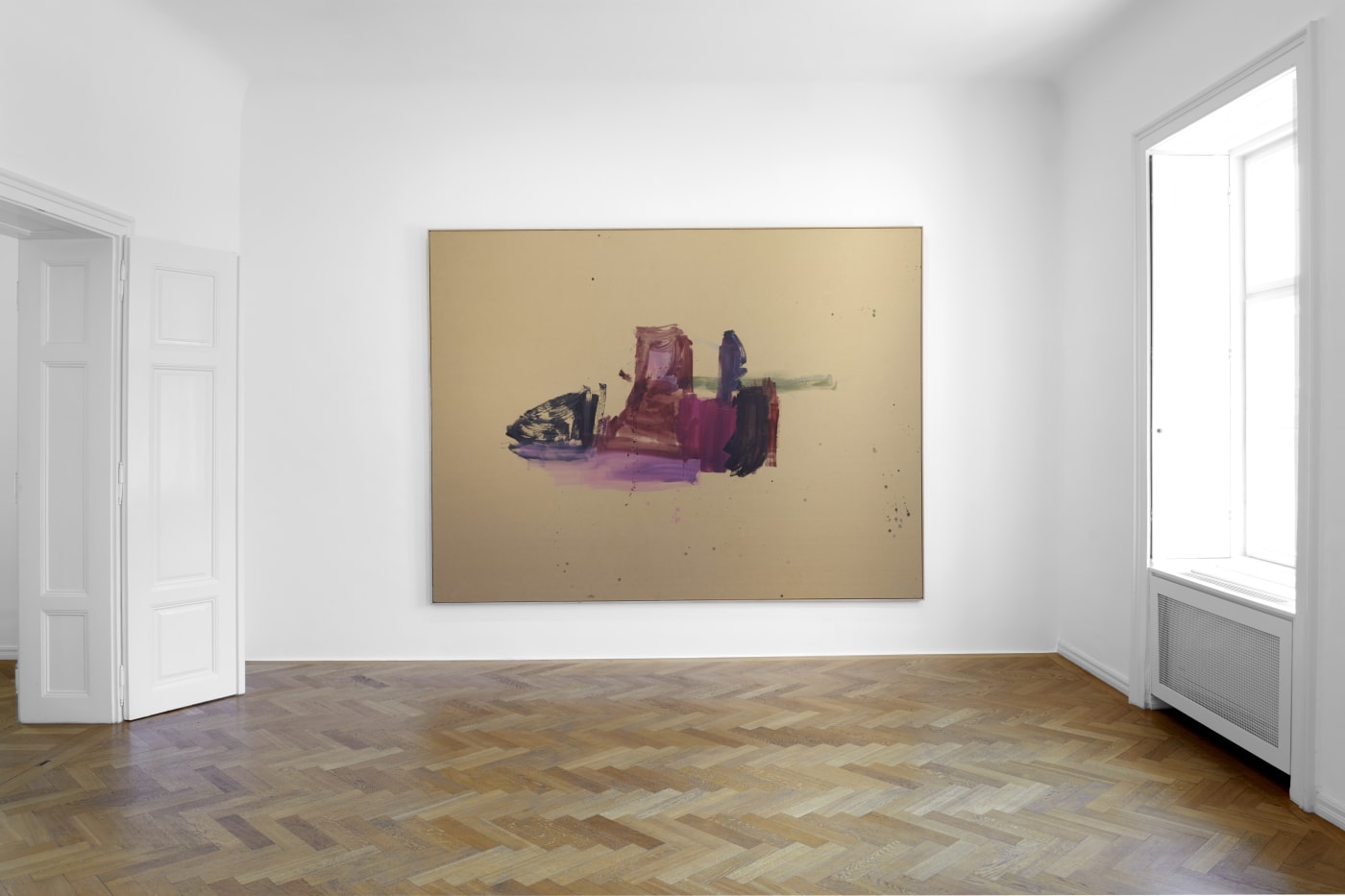
Martha Jungwirth
Der Wal, 2024
Oil on paper on canvas
242.3 × 320.8 cm (95.39 × 126.3 in)
— Martha Jungwirth
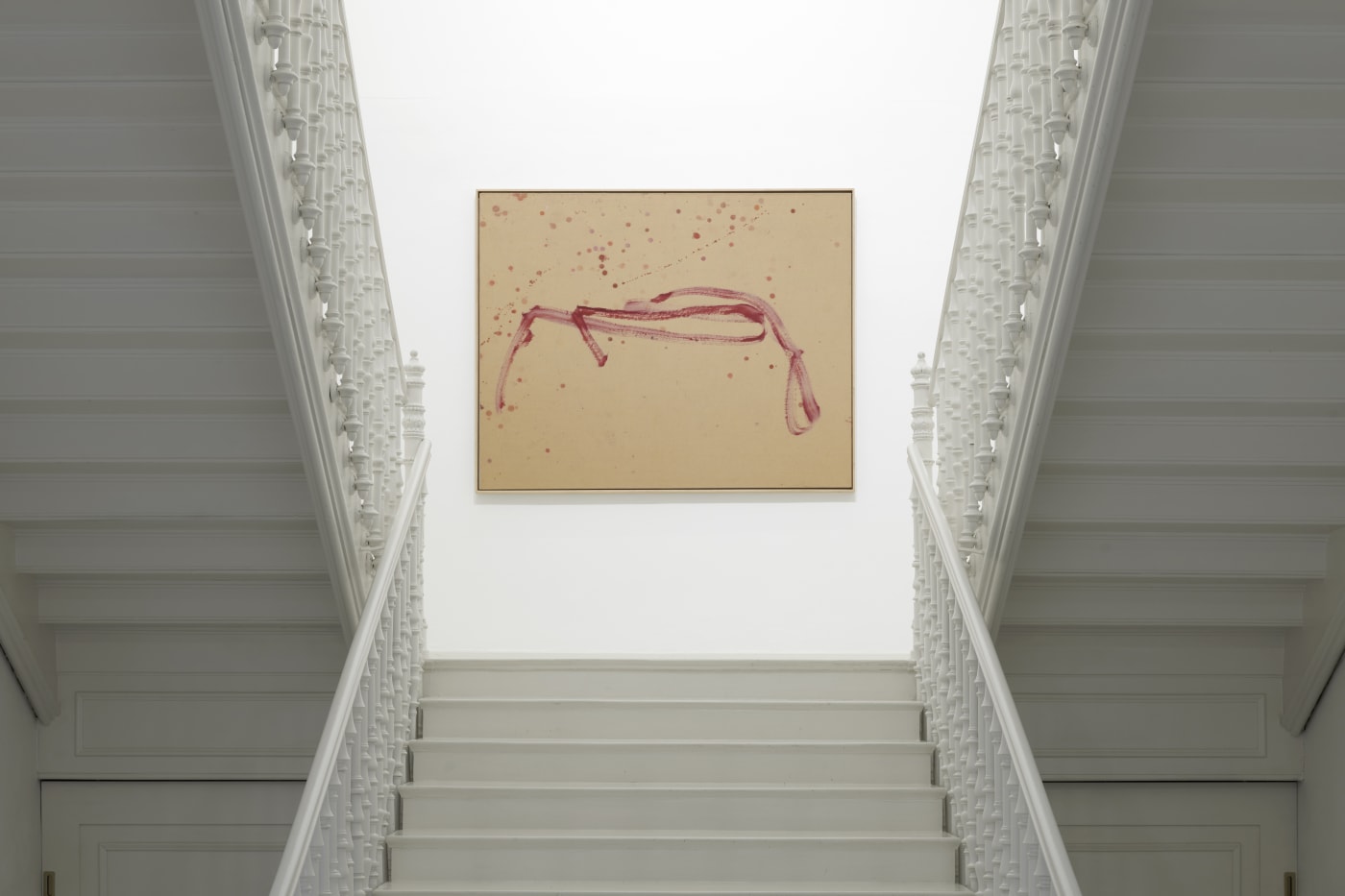
Martha Jungwirth
Untitled, 2025
Oil on paper on canvas
137.8 × 166.7 cm (54.25 × 65.63 in)
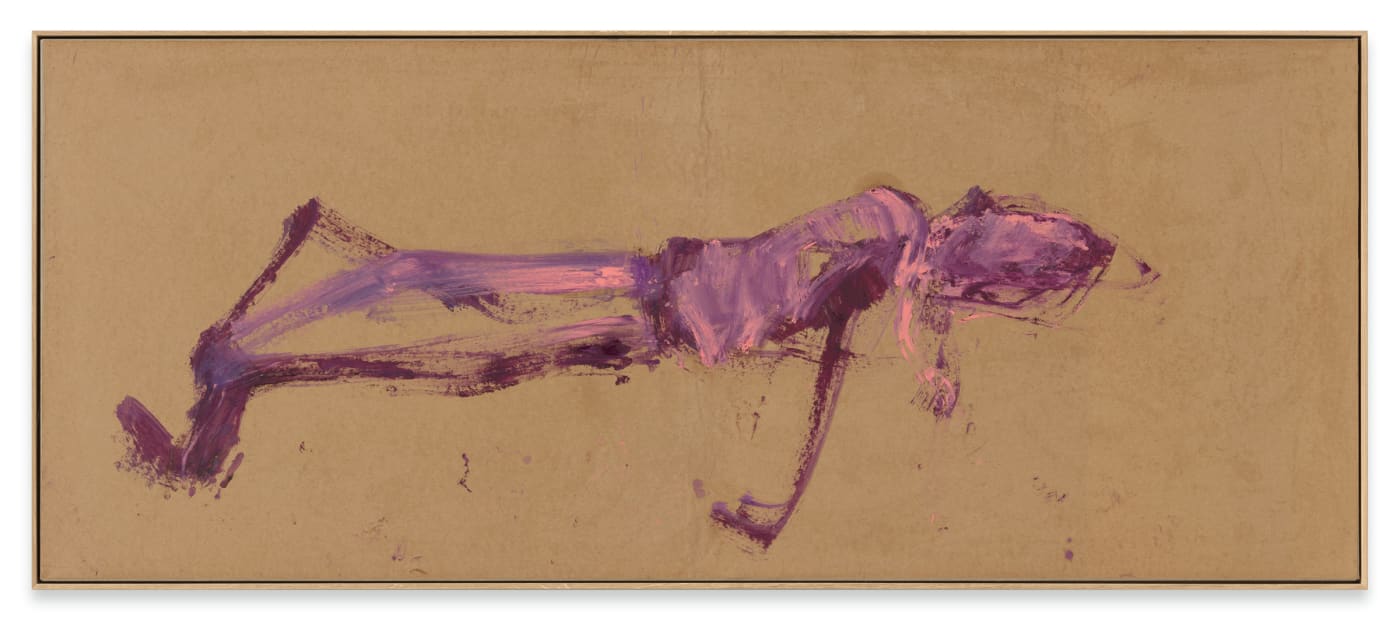
Martha Jungwirth
Untitled, 2025
Oil on paper on canvas
91.5 × 222.6 cm (36.02 × 87.64 in)
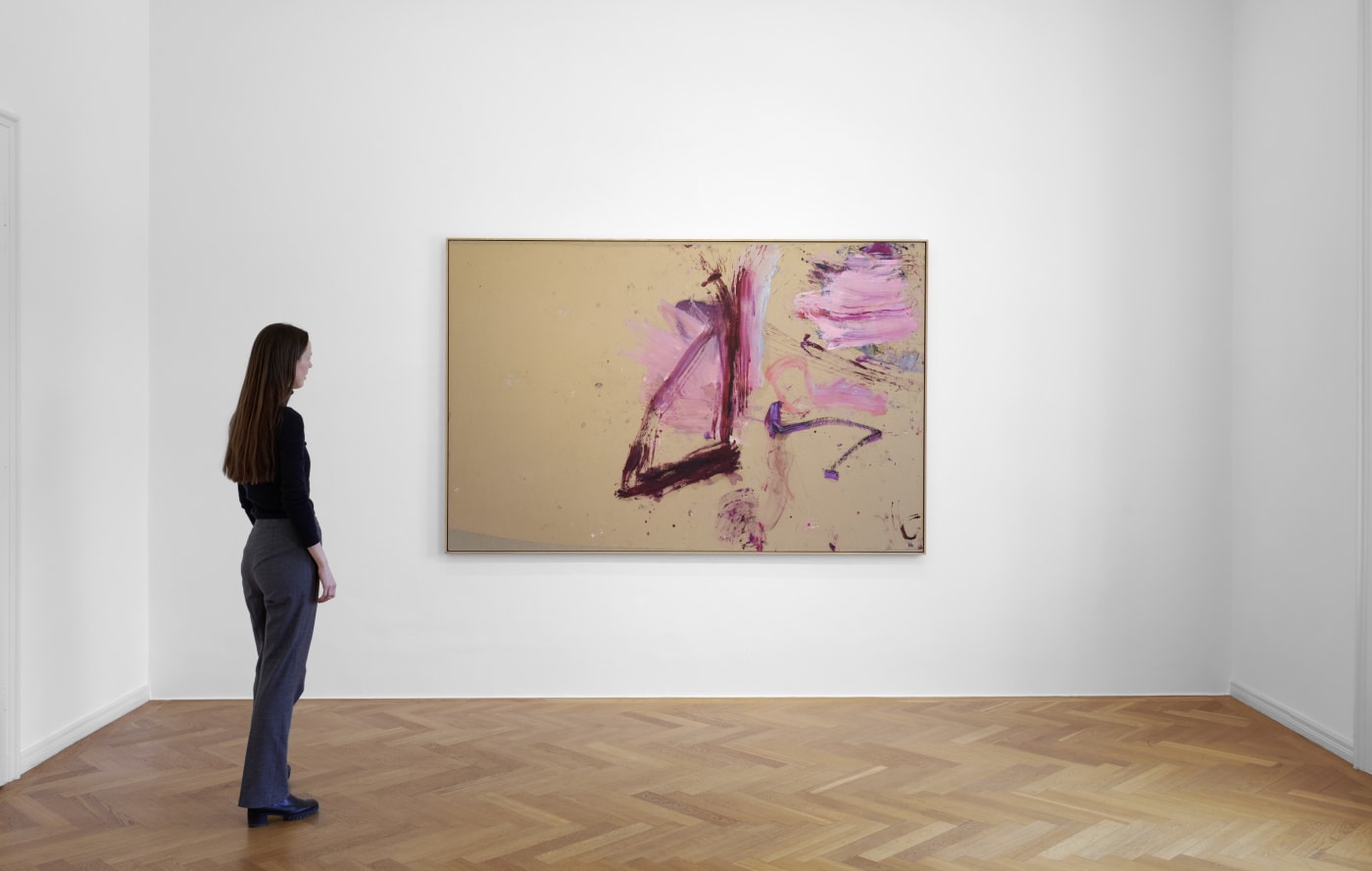
— Lekha Hileman Waitoller, Guggenheim Museum Bilbao
Martha Jungwirth
Untitled, 2020
Oil on paper on canvas
157 × 241.2 cm (61.81 × 94.96 in)






